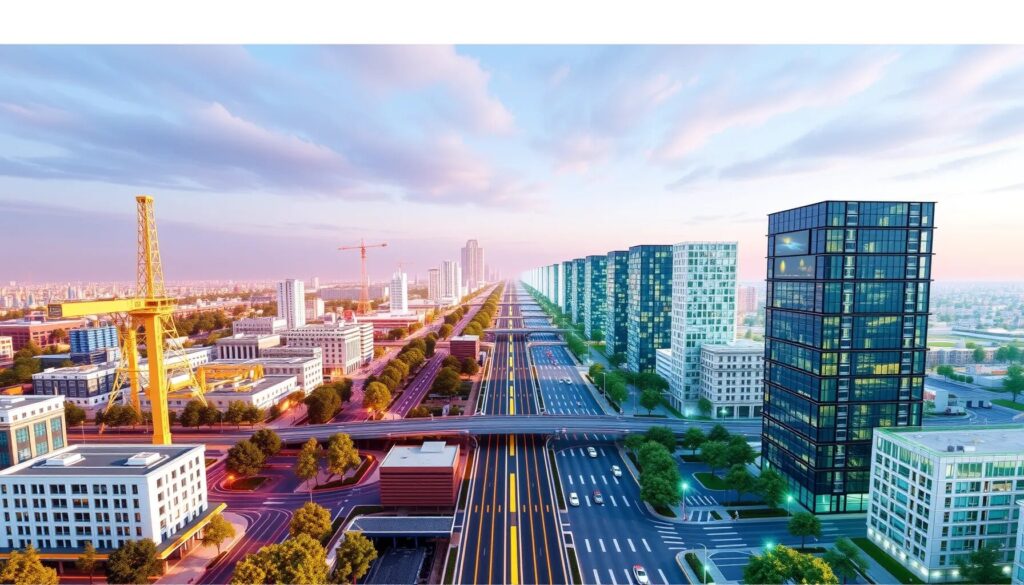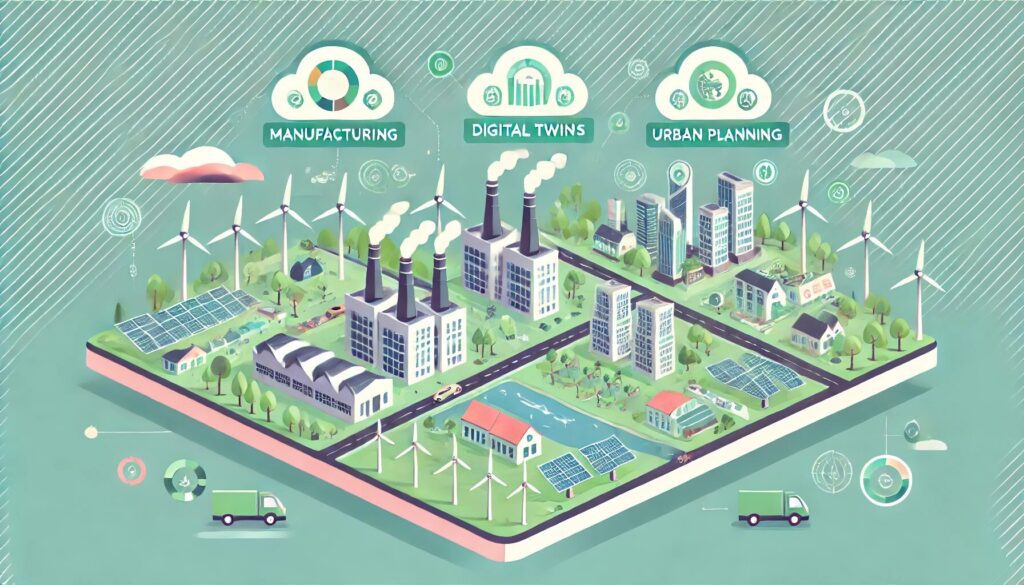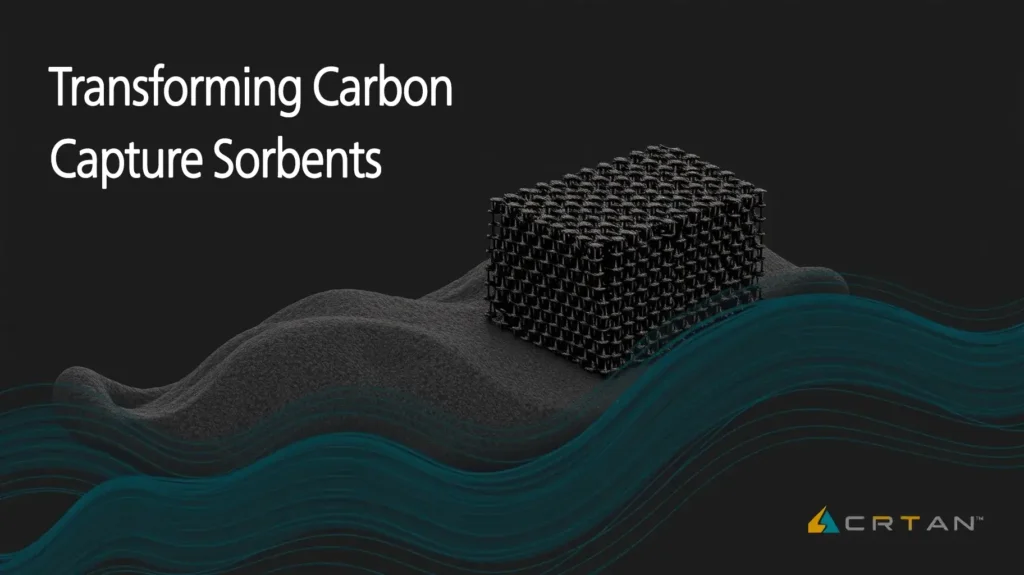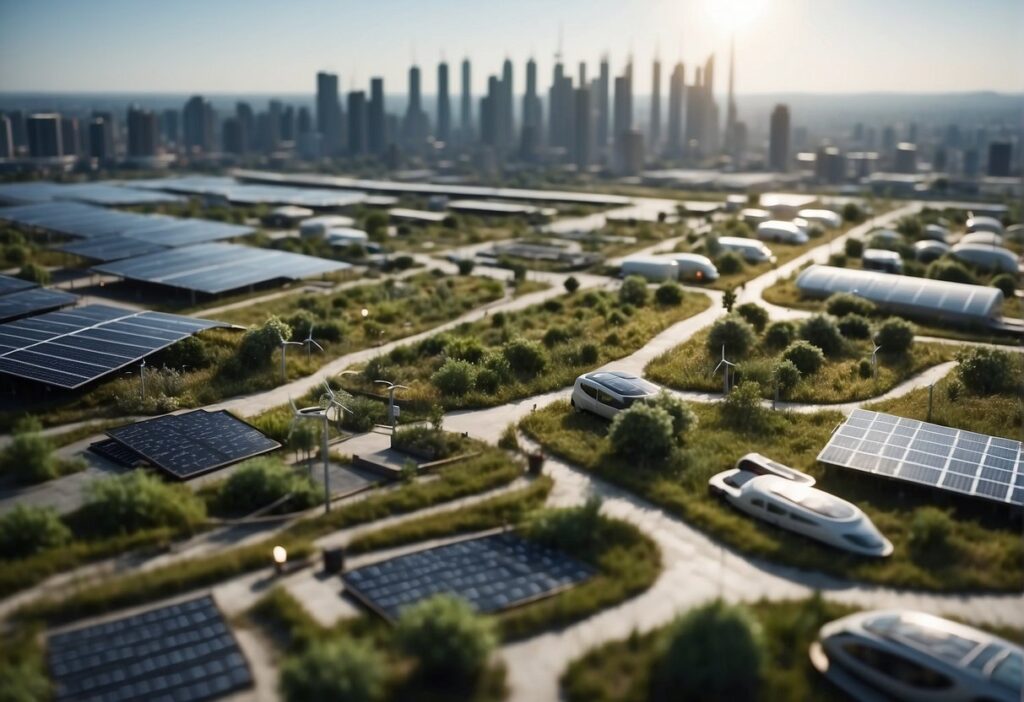
Sustainability Through Digital Twins: Reducing Carbon Footprints in Manufacturing and Urban Planning
Sustainability is no longer a mere buzzword; it’s a necessity. From urban centers to sprawling factories, the pressure to reduce carbon footprints is at an all-time high. But how can we move the needle on sustainability without sacrificing progress? Enter digital twins, a revolutionary technology quietly reshaping how we tackle emissions in manufacturing and urban planning.
Think of digital twins as a bridge between the physical and digital world—a real-time virtual replica of anything from a machine to an entire city. These replicas allow us to simulate, analyze, and optimize processes before making real-world changes. The implications for sustainability are massive. Not only can we foresee potential inefficiencies, but we can also take immediate action to cut down energy use and emissions. Now, let’s explore exactly how digital twins are making this happen.
The Basics of Digital Twins
First things first—what are digital twins, exactly? A digital twin is essentially a live, dynamic copy of a real-world object or system, constantly fed by data from its real-life counterpart. Imagine you could peer into a virtual version of a factory or even an entire city in real time, with every machine or building responding to actual conditions. That’s what a digital twin does.
The secret sauce here is a combination of IoT sensors, cloud computing, and artificial intelligence. These technologies come together to create a highly accurate, digital replica that updates in real time. But the real magic is in the insights you gain. You can simulate scenarios, test changes, and fine-tune operations without ever interrupting the real-world system. It’s like having a cheat sheet for sustainability.
Reducing Carbon Footprints in Manufacturing
Manufacturing is one of the biggest culprits when it comes to carbon emissions. But with digital twins, factories can finally get a handle on where their emissions are coming from and, more importantly, how to reduce them.
Take energy consumption, for instance. By creating a digital twin of a factory, manufacturers can monitor the energy use of each machine in real-time. This allows them to spot inefficiencies and adjust accordingly. Maybe a machine is consuming too much power during non-peak hours, or perhaps there’s a way to consolidate certain tasks to save energy. These are changes that might go unnoticed without the clarity digital twins provide.
And it’s not just energy. Digital twins can simulate supply chain changes to highlight where companies can opt for greener materials, streamline transport routes, or cut back on waste. This isn’t just theory—factories are using these models to actively shrink their carbon footprints and become more energy-efficient, all while improving their bottom line.
Optimizing Urban Planning for Sustainability
Cities are growing faster than ever, and with that growth comes a pressing need to manage resources sustainably. This is where digital twins shine in urban planning. Imagine having a digital replica of an entire city, from its transportation systems to its energy grid. City planners can monitor traffic patterns, energy consumption, and even air quality in real-time.
One exciting example? Digital twins can track traffic congestion, which is one of the largest contributors to urban emissions. Planners can simulate changes to the road network or tweak public transportation schedules, predicting the environmental benefits before they implement them. This proactive approach is incredibly powerful. It’s no longer about guessing what might work—it’s about knowing.
From identifying areas ripe for green infrastructure to monitoring heat distribution for energy-efficient cooling, the use of digital twins in urban planning leads to smarter, more sustainable cities.
Smart Buildings and Energy Efficiency
In urban settings, smart buildings are becoming key players in energy efficiency, thanks to digital twins. Creating a digital twin of a building allows operators to monitor things like lighting, heating, and cooling systems in real time.
For instance, digital twins can detect when rooms are unoccupied, automatically adjusting energy settings to avoid waste. These buildings essentially run themselves, optimizing energy usage based on live data. Plus, with predictive algorithms, they can even anticipate energy needs based on factors like weather patterns, ensuring that resources aren’t wasted.
When applied on a city-wide scale, the benefits become even more pronounced. Energy-efficient buildings lead to a noticeable reduction in urban emissions, making cities greener one building at a time.
Digital Twins and Renewable Energy Integration
Incorporating renewable energy into manufacturing and city planning is a challenge—mainly due to its fluctuating nature. Solar and wind power don’t always align with the energy needs of a city or factory. This is where digital twins come in handy once again.
In manufacturing, a digital twin can adjust production schedules to make the most of renewable energy sources. If a solar farm is generating a surplus of energy, for example, the twin could direct the factory to ramp up energy-intensive tasks during that time.
Similarly, for cities, digital twins can help integrate renewable energy into the grid more effectively. By tracking energy consumption patterns and aligning them with renewable energy availability, city planners can ensure they’re using clean energy when it’s available and reducing dependence on fossil fuels.
Supply Chain Optimization for Sustainability

The supply chain is a critical area where digital twins can work wonders. From sourcing raw materials to delivering products to consumers, the logistics involved in the supply chain often result in a significant carbon footprint.
Digital twins allow companies to map out their entire supply chain, pinpointing areas where they can reduce emissions. Maybe certain transport routes are unnecessarily long, or perhaps packaging materials could be optimized to cut down on waste.
By simulating changes to the supply chain in a digital twin, businesses can identify the most sustainable solutions without interrupting real-world operations. The result? A more efficient, greener supply chain with fewer emissions.
Waste Reduction in Manufacturing Processes
When it comes to waste reduction, digital twins are game-changers. In manufacturing, waste can come in many forms—excess raw materials, inefficient machinery, or even energy lost during production.
Digital twins allow manufacturers to track every step of the production process, identifying where waste is occurring and how it can be minimized. Maybe certain machines are idling unnecessarily, or perhaps raw materials are being used inefficiently. With a digital twin, these inefficiencies become clear, enabling manufacturers to make changes that lead to less waste and, in turn, fewer emissions.
Conclusion: The Future of Sustainable Ecosystems
Digital twins aren’t just a tool for today—they’re a game-changer for the future of sustainable ecosystems. Whether it’s reducing the carbon footprint of a factory or creating smarter, greener cities, the potential is endless. And as digital twin technology continues to advance, it’s likely we’ll see even more innovative ways to drive sustainability in both manufacturing and urban planning.
By simulating the future today, digital twins are leading the charge in creating a more sustainable, eco-friendly world. Stay tuned as we delve further into how these virtual systems are reshaping everything from predictive maintenance to water management—helping us build a greener future, one twin at a time.
Resources
- Siemens – Digital Twins for Sustainability
Siemens is a global leader in digital twin technology and offers a variety of resources to understand how digital twins are being used to drive sustainability across industries. - IBM – Digital Twins and the Sustainable Enterprise
IBM’s extensive research and case studies provide insights into how businesses can use digital twin technology to improve operational efficiency and reduce their carbon footprint. - Deloitte Insights – The Role of Digital Twins in Sustainability
Deloitte’s comprehensive articles and reports explain how digital twins are revolutionizing industries and contributing to more sustainable practices, particularly in urban planning and manufacturing. - The World Economic Forum – Digital Twins and the Environment
The World Economic Forum explores the impact of digital twin technology on environmental sustainability, offering a global perspective on how cities and industries are using this innovation to reduce emissions.
World Economic Forum on Digital Twins - McKinsey & Company – Digital Twins in Smart Cities and Manufacturing
McKinsey provides insights and case studies on how digital twins can optimize processes and reduce waste in both smart city planning and industrial applications.
McKinsey Digital Twins - The IET – Digital Twin Technology in Industry and Cities
The Institution of Engineering and Technology (IET) offers technical papers and articles about how digital twins are transforming industries and urban environments.
The IET Digital Twin Resources





